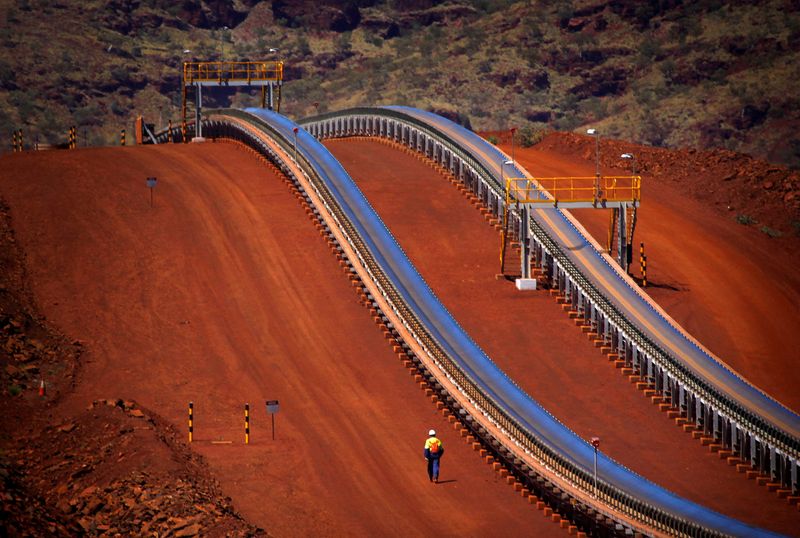Who is Kevin Hassett? Wolfe looks at the Trump ally tipped to become Fed Chair.
By Roushni Nair and Melanie Burton
(Reuters) -Australia's Fortescue on Monday reported a $1 billion pre-tax impairment charge associated with its flagship magnetite growth project, while posting its lowest annual profit in three years amid a surprise senior-management overhaul.
The world's fourth-largest iron ore miner, which has been beset by senior management turnover over the past two years, earlier in the day announced the resignation of its metals division head and co-CEO Fiona Hick.
Fortescue shares, up nearly 2.1% so far this year, fell as much as 6% to A$19.7 by 0200 GMT.
A review of its assets at the company's Iron Bridge project resulted in a pre-tax impairment charge of $1 billion.
The company said rising interest rates and industry-wide inflation had fuelled the asset write-down at its Iron Bridge project, a major plank in the group's growth strategy.
Fortescue raised its operating expenditure kept aside for Iron Bridge by $100 million to $4.0 billion, stating that the ramp-up to full production capacity of 22 million metric tons per annum would occur over the course of two years.
The underlying net profit after tax for the year ended June 30 was $4.80 billion, down from $6.20 billion reported in 2022, and significantly missing a Refinitiv estimate of $5.64 billion.
Separately, the company said it would stop allocating 10% of its net profit to fund its green power arm Fortescue Future Industries (FFI), adding, all projects and investments would be assessed under Fortescue's capital allocation framework.
Fortescue Energy is targeting final investment decisions for five major projects that form a part of its Advanced Green Hydrogen pipeline, including Gibson Island, Australia and Phoenix Hydrogen Hub, U.S., as early as this year, the company added.
It declared a final dividend of A$1.00 per share, slightly below last year's A$1.21 per share.
Total dividends declared for fiscal 2023 represent a payout ratio of 65% of underlying NPAT, down 13% from fiscal 2022.
